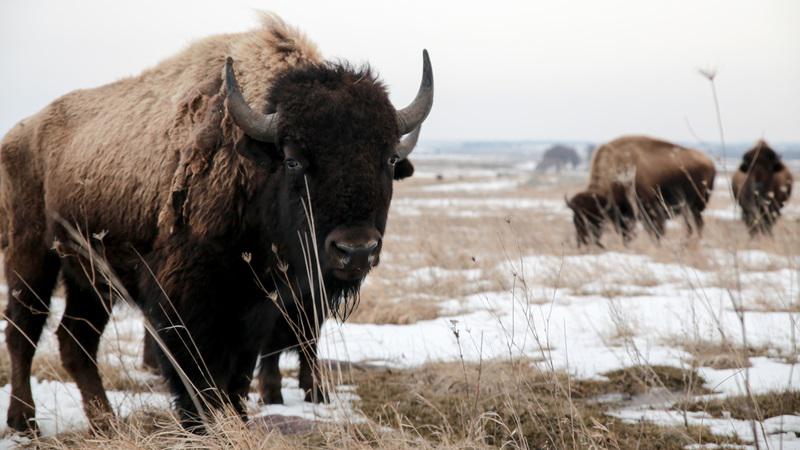
North American bison industry responds to tariff threats
Bison roamed North America for thousands of years before there were any international borders.
Ranchers and conservationists on both sides of the Canadian-U.S. border saved the species from extinction and since the 1980s, a strong commercial industry has evolved in both countries.
The North American bison market is extremely integrated and despite the border, they still move across it relatively freely. A 25 per cent tariff threatens to disrupt an already tight bison supply chain and cause severe harm at the farm level in both countries.
The National Bison Association (NBA) and Canadian Bison Association (CBA) are jointly seeking a quick end to the threat of tariffs.


